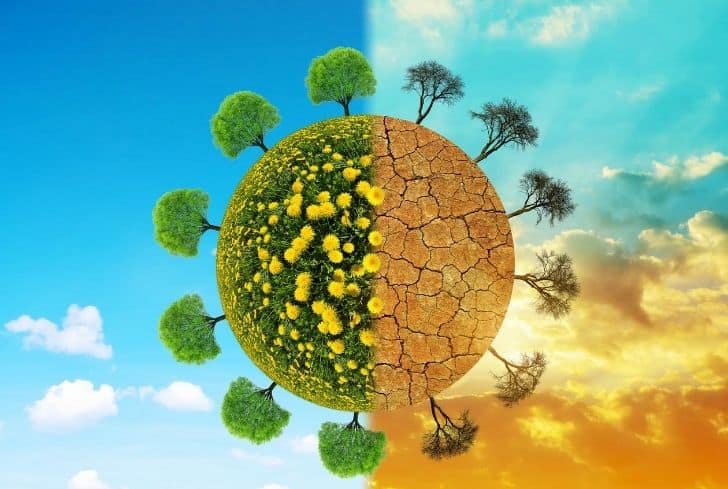Environmental Conservation: Preserving the Fragile Balance of Nature
Introduction
Environmental conservation stands as a call to protect the delicate tapestry of life on Earth, safeguarding the diverse ecosystems that sustain us and future generations. From the majestic rainforests to the vast oceans, the natural world is a source of wonder and inspiration, offering resources and services essential to human existence. In this blog, we embark on a journey through the realm of environmental conservation, exploring its essence, significance, and the profound impact it has on preserving the beauty and balance of our planet.
The Essence of Environmental Conservation
At its core, environmental conservation is the commitment to safeguarding nature's biodiversity, ecosystems, and natural resources. It seeks to address the consequences of human activities on the environment, from habitat destruction and pollution to climate change and species extinction. Environmental conservation is an urgent call to embrace sustainability, ethical practices, and responsible stewardship of the planet we call home.

The Significance of Environmental Conservation
Environmental conservation is of paramount importance due to several key factors:
Biodiversity Preservation: Conservation efforts aim to protect the incredible diversity of life on Earth, recognizing the intrinsic value of every species and their role in ecological balance.
Ecosystem Services: Healthy ecosystems provide essential services such as clean air, fresh water, pollination, and climate regulation, which are vital to human well-being.
Climate Change Mitigation: Conservation plays a crucial role in mitigating climate change, preserving carbon sinks like forests and wetlands, and promoting renewable energy.
Sustainable Development: Balancing human development with environmental preservation ensures a sustainable future for generations to come.
Key Strategies for Environmental Conservation
Environmental conservation adopts various strategies to safeguard our planet:
Protected Areas: Establishing and managing protected areas, such as national parks and wildlife reserves, ensures the preservation of critical habitats and biodiversity hotspots.
Sustainable Practices: Embracing sustainable agriculture, forestry, and fishing methods minimizes environmental impact while meeting human needs.
Wildlife Conservation: Efforts to protect endangered species and combat wildlife trafficking are essential for maintaining ecosystem health.
Environmental Education: Raising awareness and educating communities about environmental issues fosters a culture of conservation and responsible environmental citizenship.
Impact of Environmental Conservation
The impact of environmental conservation extends beyond preserving nature:
Human Health: A healthy environment translates into improved human health, with clean air and water contributing to well-being.
Economic Benefits: Conservation supports eco-tourism and sustainable industries, generating income and employment opportunities.
Resilience to Disasters: Preserving natural habitats and ecosystems enhances their resilience to natural disasters and climate change impacts.
Ethical Responsibility: Conservation reflects our ethical responsibility to protect the planet and the web of life we share with all living beings.
Challenges and the Future of Environmental Conservation
Environmental conservation faces pressing challenges:
Climate Change: Addressing the impacts of climate change requires urgent global action and cooperation.
Loss of Biodiversity: The rapid loss of species demands heightened conservation efforts to halt the extinction crisis.
Human Population Growth: Balancing the needs of a growing global population with environmental preservation requires innovative solutions.
Conclusion
Environmental conservation is a shared responsibility, a commitment to protect the planet for future generations. From the smallest pollinators to the vast forests and oceans, every aspect of nature plays an essential role in sustaining life on Earth. As we traverse the realms of environmental conservation, let us embrace sustainability, advocate for environmental protection, and take individual and collective actions to preserve the fragile balance of nature. By nurturing the connection between humans and the natural world, we can build a future where environmental conservation is a way of life, where compassion and reverence for nature guide our decisions, and where we stand united as guardians of this precious planet. As we tread on the path of environmental conservation, let us celebrate the diversity and resilience of life, and remember that our actions today will shape the destiny of our world tomorrow.

Comments
Post a Comment